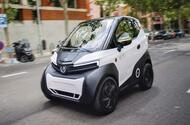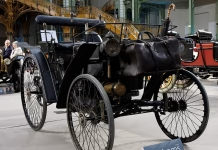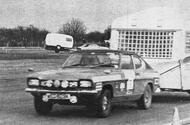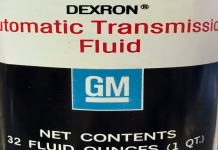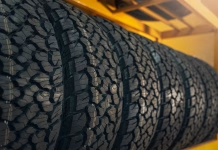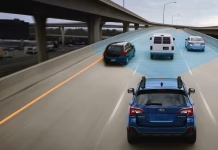Nissan Brings Silence S04 Nanocar to the UK Aiming to Win Over Young Urban...
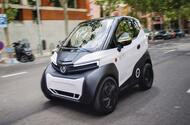
Silence S04 Nanocar is already sold in France, Germany and SpainNissan hopes its tie-up with a quadricycle maker will help attract younger buyers
The newly refurbished Santiago Bernabéu stadium located in the northern part of Madrid is breathtaking. The fabled football ground recently underwent a transformation costing £1.5 billion, and it now sports a retractable roof and striking metal facade.
It’s amazingly grand, yet as I cruise past the home of Los Blancos, it’s not the stadium that is turning heads – it’s the tiny electric quadricycle I’m driving.
The Silence S04 has quietly been making a name for itself in Europe, having been sold in select markets for more than a year, but it will soon be coming to the UK with help from Nissan.
The Japanese car maker partnered Silence last year and has been selling the S04 Nanocar through its dealer network in France, Germany and Italy.
Founded in 2014 by former motorcycle racer Carlos Sotelo, Silence claims to be the biggest specialist EV manufacturer on the continent and is best known for its range of electric scooters.
With the exclusive distribution rights to the S04 (available in L6 and L7 forms), the model line-up – which includes a new entry-level option and a cargo version – will arrive on UK roads early next year.
But why does automotive giant Nissan, which sells more than three million cars globally each year, want to get involved with quadricycles?
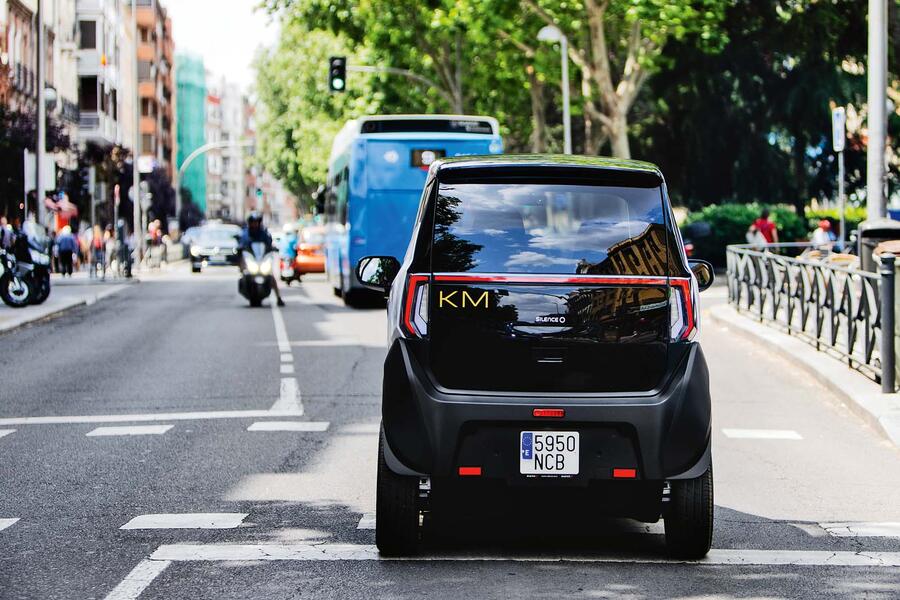
“Bringing in a product that we don’t build, that is complementary to our product range, is the perfect opportunity for us,” explains Gareth Dunsmore, Nissan’s e-mobility boss for Europe. “To be successful in the car industry right now, and over the next few years, you can’t wait to be a disruptor; you have to go out there and do it yourself.
“Instead of spending three or four years designing and developing a product, we are using our expertise beyond our R&D and manufacturing and showcasing our knowledge of selling EVs.”
Dunsmore points to various images of the S04 on display at the Acciona Campus in Madrid, headquarters of the energy conglomerate that owns Silence.
“Just look at the diversity,” he says. “You’ve got retirees, but you’ve also got young people, because the L6 S04 can be driven by 16-year-olds [in the UK], or 14- and 15-year-olds in Europe.
With the rising costs of insurance and driving lessons, only around one-third of 17- to 25-year-olds now have a driver’s licence – the lowest number since 2012.
“Car brands aren’t relevant to young people because there is no need for them to be,” continues Dunsmore. “The S04 is a way for us to put them in the driving seat, and to say we care about that demographic and we want them to be part of the Nissan family.”
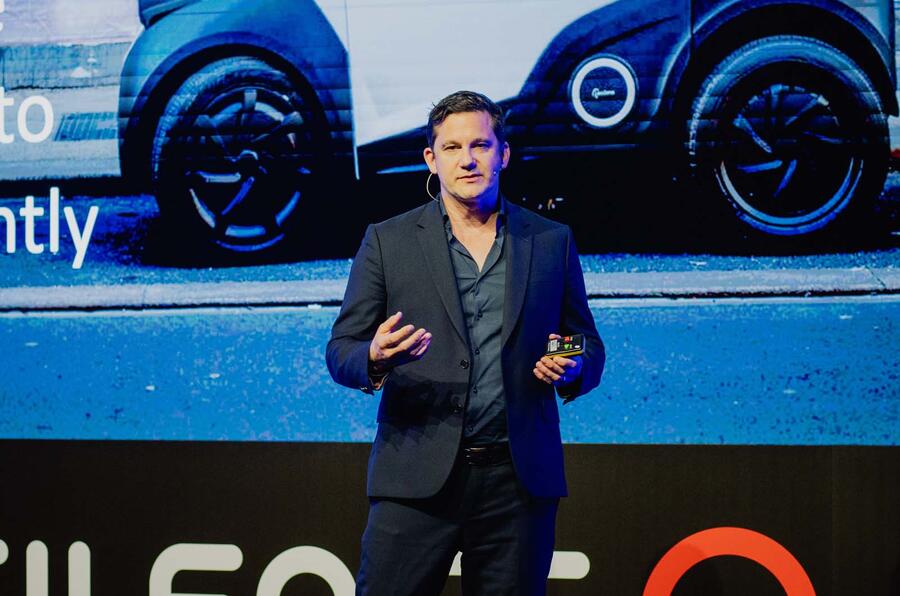
We drove an early version of the S04 last year when it was sold in the UK by a licensed importer, and we were impressed by its refinement, kit roster and clever battery-swap technology.
After our test drive around Madrid, the S04 feels like a better alternative to the Citroën Ami thanks to its more advanced and accessible tech, plusher interior and surprising levels of practicality.
It doesn’t look or feel much different from the version we sampled previously: it’s rather firm-riding and doesn’t feel that quick, but given its size and instant EV acceleration it’s easy to thread through traffic and is definitely at home in the city.
It’s the line-up that has received the biggest overhaul. There’s a new entry-level L6e Unico powered by one 5.6kWh battery for a 62-mile range and which can be driven by 16-year-olds in the UK. Don’t worry, parents – it has a reversing camera as standard.
The L6e Vivo (which has a 7in TFT instrument display and phone pairing) gets two removable batteries for a 11.2kWh capacity and 100-mile range. Both make 8bhp and can travel at up to 28mph, but Dunsmore believes the top-of-the-line L7e Plus, which can do 52mph and has a 100-mile range, will be more popular in the UK.
“The benefits of the L6 versus the L7 maybe aren’t as extreme in the UK, and with the L7 you’ve got that extra power for catching up with traffic and driving on dual- carriageways,” he says. Unlike the Ami, the S04 has a removable battery system carried over from Silence’s e-scooters.
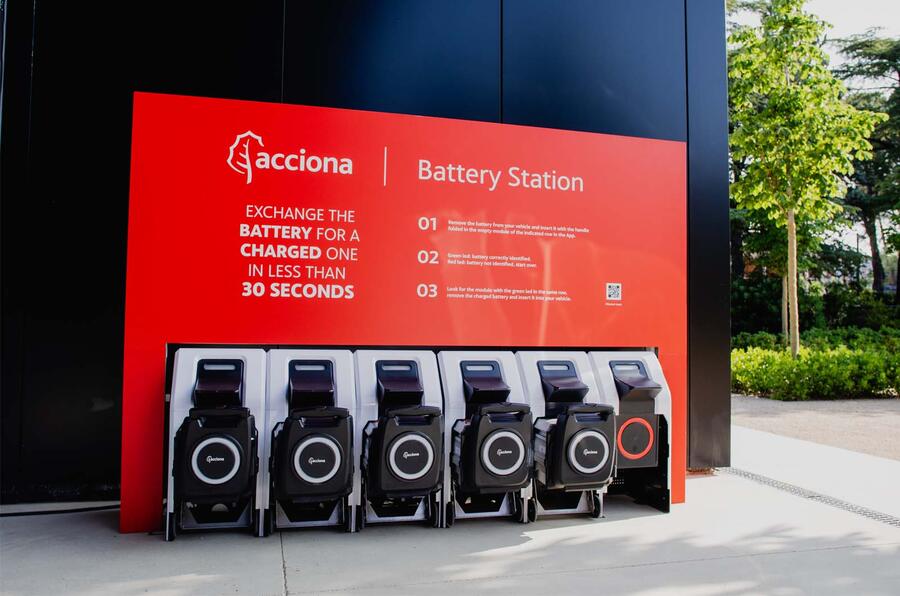
The batteries have a trolley handle and wheels, so once you’ve released them from under the seats, you can take them inside for charging. S04 owners can also make use of the battery-swap stations that are currently installed in cities across Spain, enabling them to swap their depleted pack for a fresh one via a subscription service.
Such stations could join the S04 in the UK, according to Dunsmore, with a focus on installing the stations where charging is less readily available.
Sales targets for the UK are unknown, but Nissan is quietly confident about Silence and its new distribution venture.
If you’re after a small urban EV with just enough creature comforts and polish to feel like a car, the S04 shows genuine promise.
When Peugeot’s Early Car Lost a 745-Mile Bicycle Race by Six Days
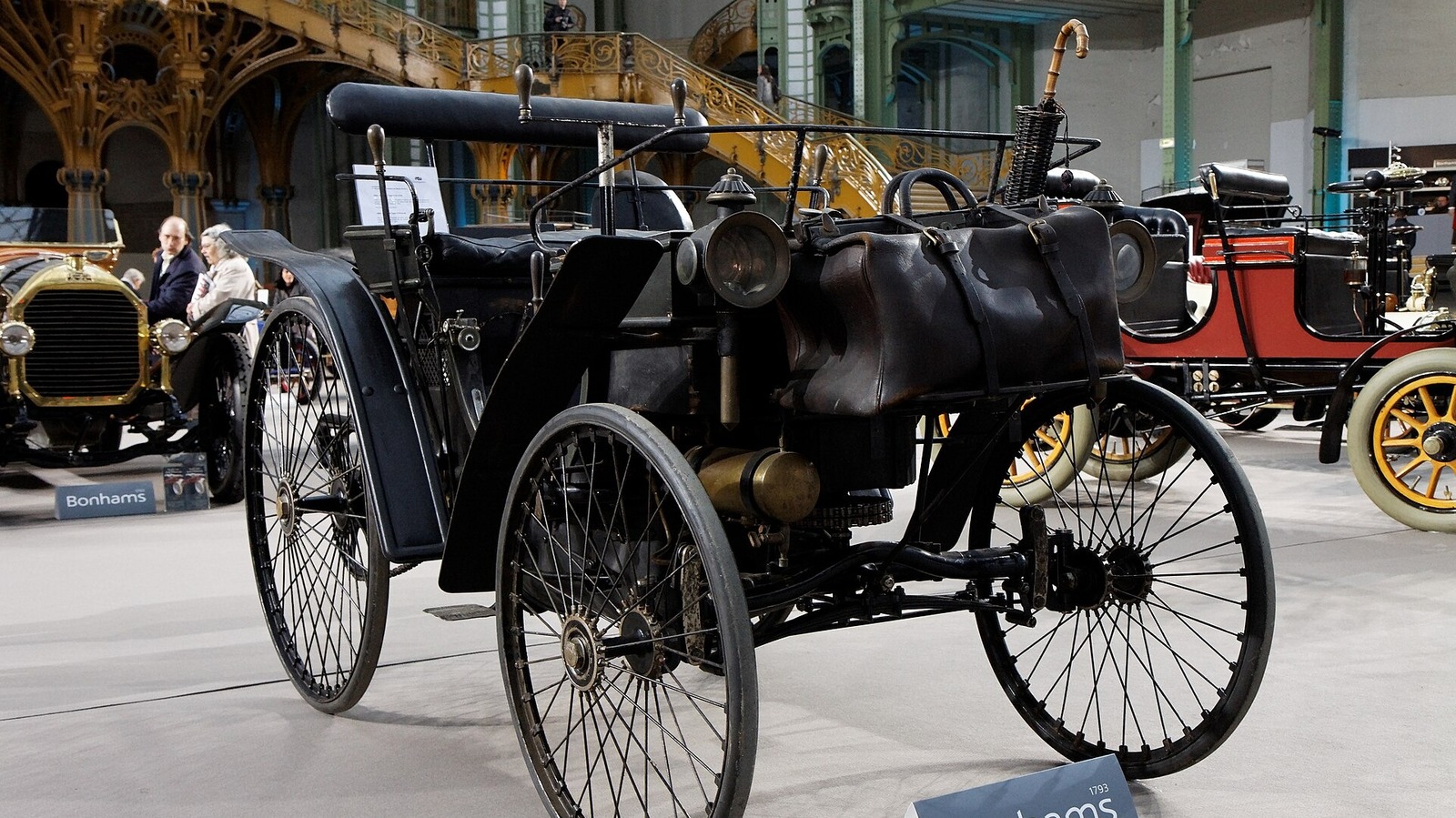
When Britain Hit the Road Craze How Caravans and Camper Vans Defined a Generation
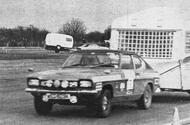
Caravan racing was a novelty at SilverstoneMany children of the ’60s and ’70s have memories (fond or otherwise) of van holidays
Caravans and camper vans feature only rarely in Autocar these days – but half a century ago they were a regular and prominent topic, reflecting the popularity of such vehicles among the British public.
Before the advent of cheap flights abroad, hauling a very small, very basic hotel room into a field somewhere was how the average family could ‘get away from it all’.
Caravans were nothing new: the UK’s Caravan Club is 118 years old. But the austerity of post-war Britain led to a ‘golden age’ for them in the 1960s and 1970s, as car ownership had become a realistic prospect for the middle and working classes and people were starting to have more money to spare on pleasure.
In the 1950s, around 3000 caravans were being made in the UK annually; by 1972, that figure had soared to a peak of 67,000.
Already by 1959, the caravan industry had outgrown its corner of the London motor show and held its own Earl’s Court expo, with some 46 makers and 86 suppliers, service providers and traders in attendance.
“There is no doubt that, at the moment, the British caravan industry leads the world,” we reported proudly. From Astral through Eccles and Lynton to Sprite, we saw many “caravans of excellent design and construction”.
Enjoy full access to the complete Autocar archive at the magazineshop.com
By then the British Caravan Road Rally was already well established, featuring tests of hill climbing, fast towing, braking and distance judgement – not to forget a very inelegant concours d’elegance.
Later, track tests and even racing were added. We reported from Silverstone in 1973: “There was a fantastic battle between the Ford Mustang and Cavalier of Brian Charig and Colin Grewer’s potent-sounding Volvo 131 and Bailey Mikado.
Inevitably Charig was able to draw away on the straights, but Grewer repeatedly caught up by taking the corners of the Club circuit under full power and with little or no preliminary braking. The average speed was nearly 60mph.” Mad! But we’re getting ahead of ourselves.
Back to 1965, and the van conversion industry was booming too. Camper vans weren’t bound by the 40mph limit of caravans and were simpler to drive but mostly lacked standing height and had far fewer amenities. “The old ‘penny wise, pound foolish’ theory applies very much. It can be a mistake to buy too simple a model,” we advised.
Popular donor vans included the Volkswagen Type 2, Ford’s Transit, Rootes’ Commer FC, BMC’s Morris J2 and J4 and Vauxhall’s Bedford CA. Camper vans’ heyday ended in 1973, when they and caravans were hit with the new value added tax, raising prices by around 10%.
Other buying guides from Autocar included those for caravan accessories: shock dampers, jacks, brackets, awnings, battery-powered televisions, porta-showers, ‘chemical sanitation’ (not bogs?) and even a periscope.
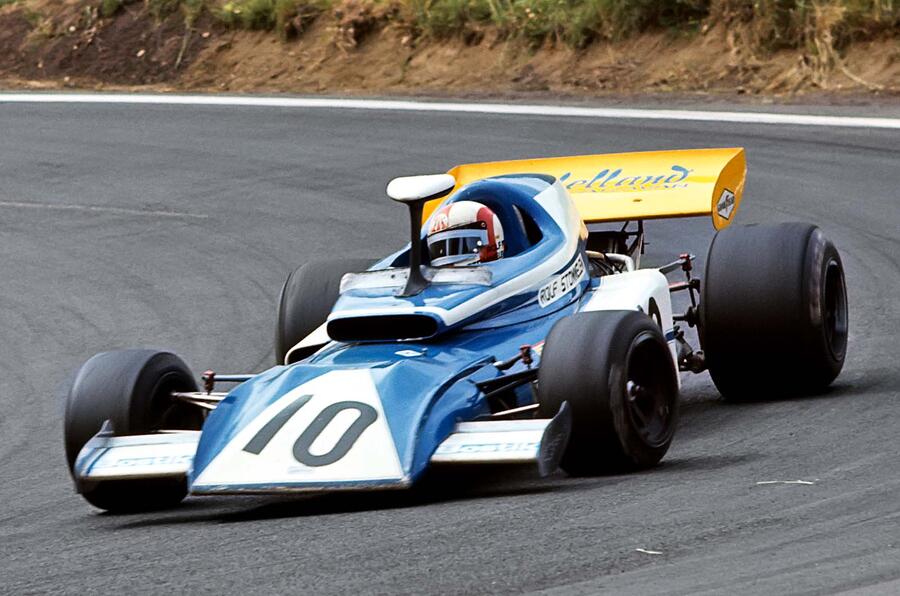
Not everyone was in on the craze, of course. “For as long as I can remember, I have been against caravans,” wrote our man David Phipps in 1971. “They clutter up the roads, and three weeks in one must surely constitute grounds for divorce.”
But when he acquiesced to his two young children’s pleas to attend that year’s German Grand Prix, a caravan was the only viable option.
He had been offered one by Rolf Stommelen, the driver for German caravan maker Eifelland’s new F1 team. Not a joke! Founder Günther Hennerici had always been a racing enthusiast, and what better way to promote his business? Amazing, considering that even Cadillac is hardly welcome in F1 these days.
Phipps ended up taking his family all the way to Radstadt in Austria, yet “my Ford Cortina Estate needed no attention whatsoever, I am still happily married and I am actually contemplating doing this again”.
Not all caravanners were so lucky. When racer Brian Redman used one for his 1967 European tour, he was awoken one evening by his wife getting the thing sideways.
“There was a tremendous jerk as the body came off the chassis,” he recalled. “I looked out and there was absolute devastation – luggage all over the road and a VW up a tree! It had crashed avoiding our mayhem.
We gathered everything up as best we could and went to the nearest hotel for the night. The only people staying there were the owners of the VW… The local scrap metal dealer gave me £5 for the caravan chassis and charged me £15 for a roof rack to take what we salvaged of our gear!”
Why F1 Cars Use Strange Aero Rakes to Gain a Winning Edge
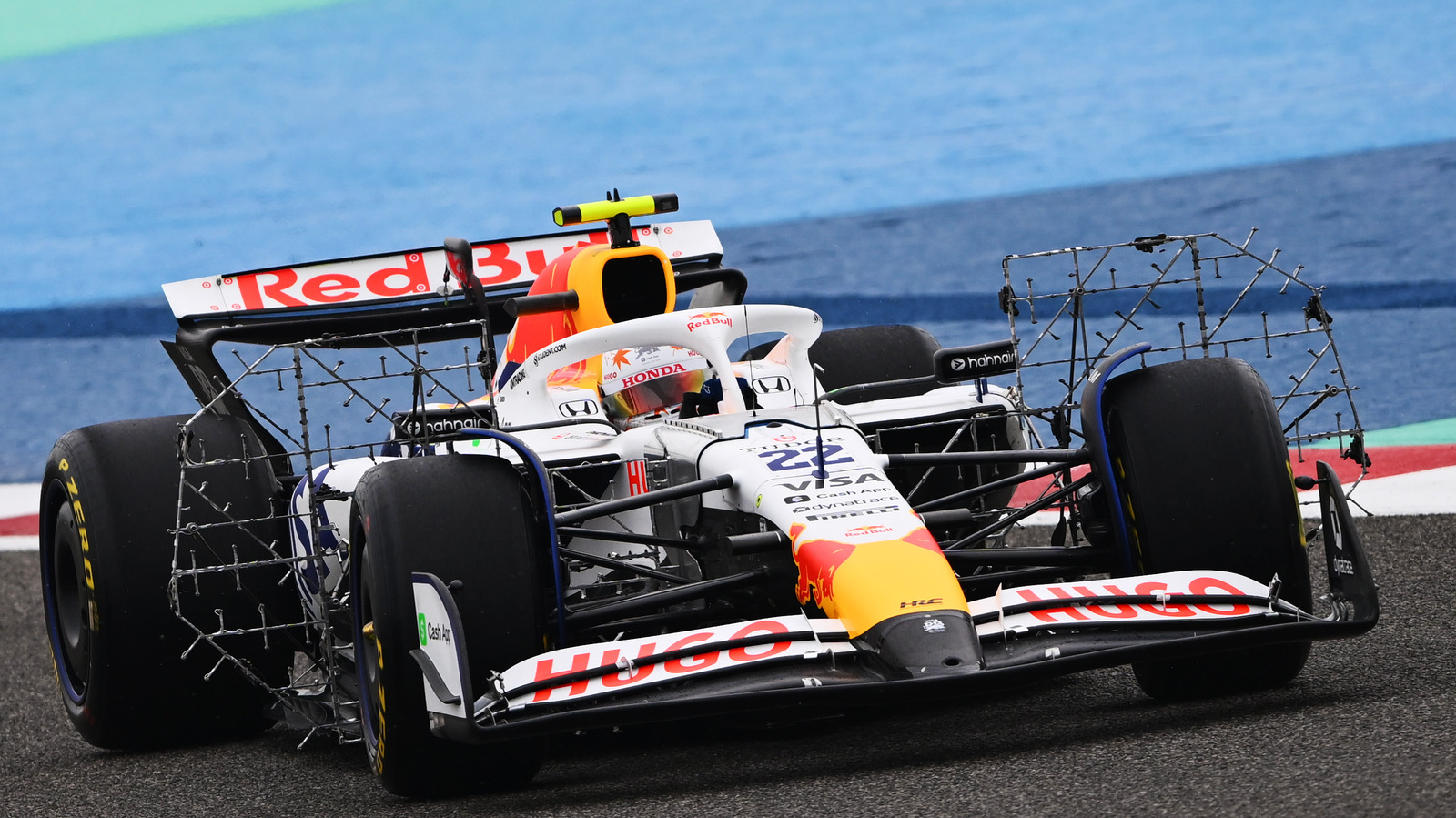
Why the Cadillac Lyriq Is Losing Value Faster Than Expected
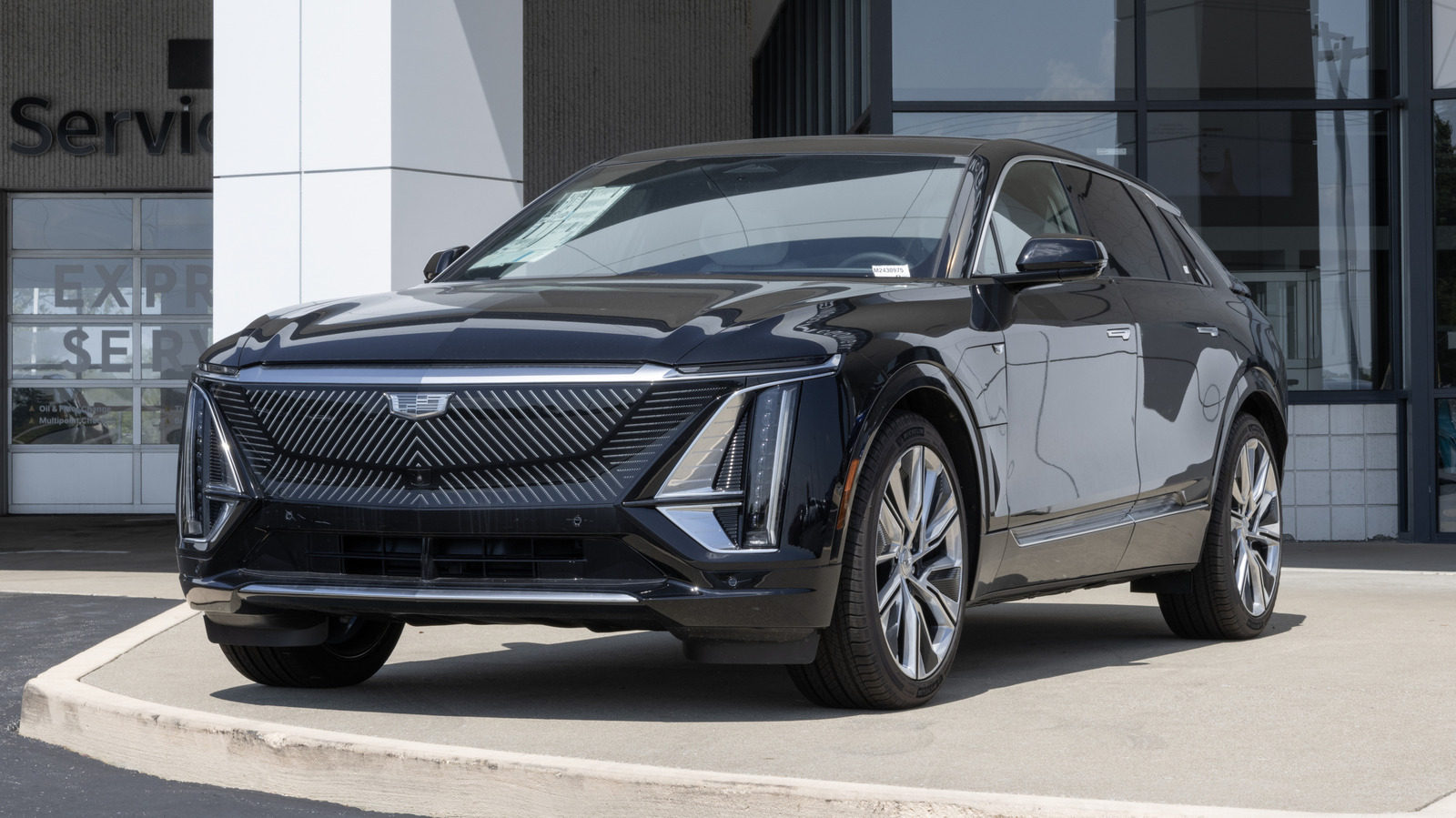
How Whale Oil Fueled the Automotive Industry Before Modern Lubricants
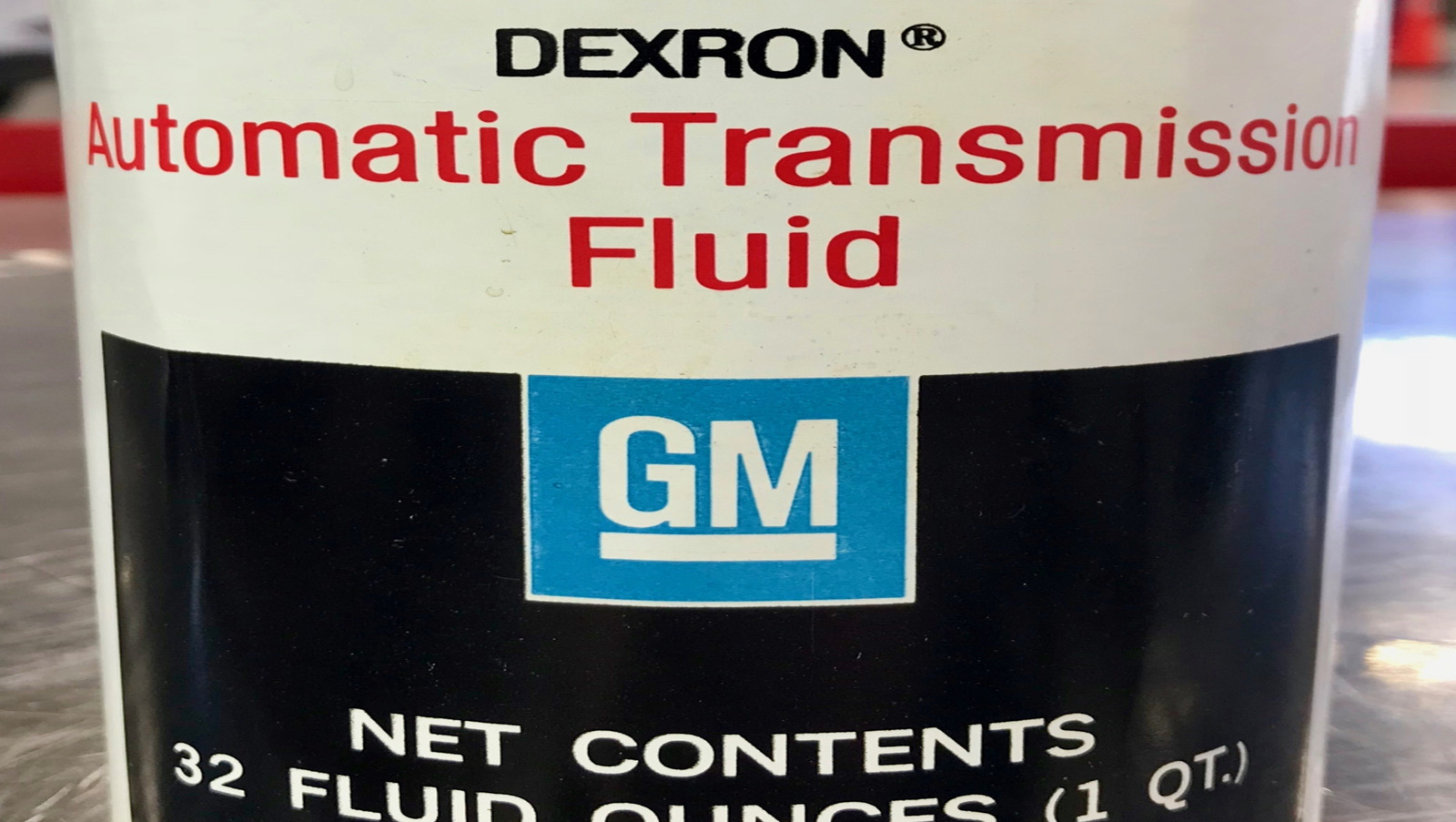
Surprising Top Pick for 2025’s Most Reliable Pickup Truck Revealed
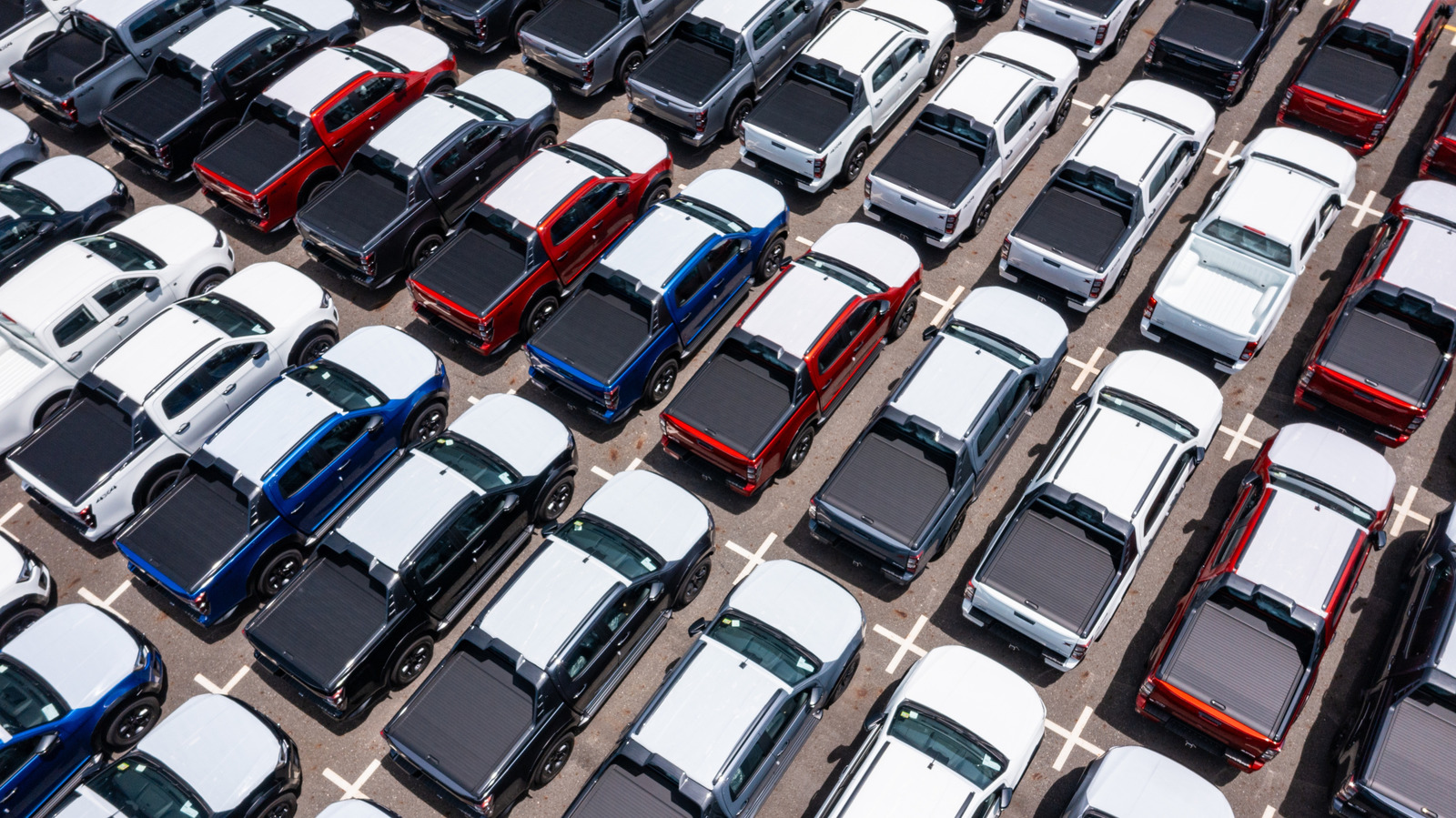
How Your Choices and Gear Shape the Outcome of a Motorcycle Crash
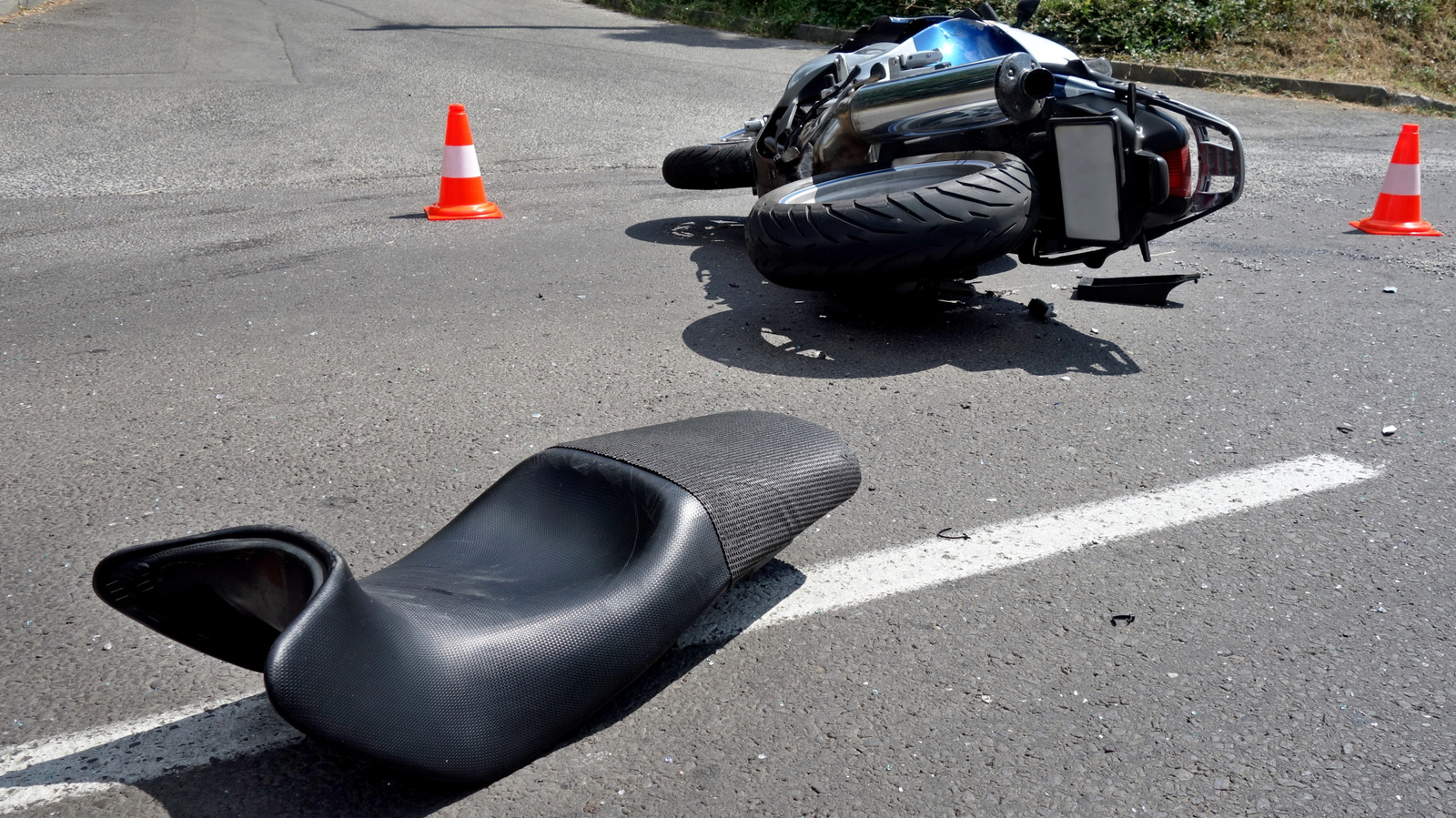
Which Tires Really Deliver on an 80,000-Mile Warranty? Here’s What You Need to Know
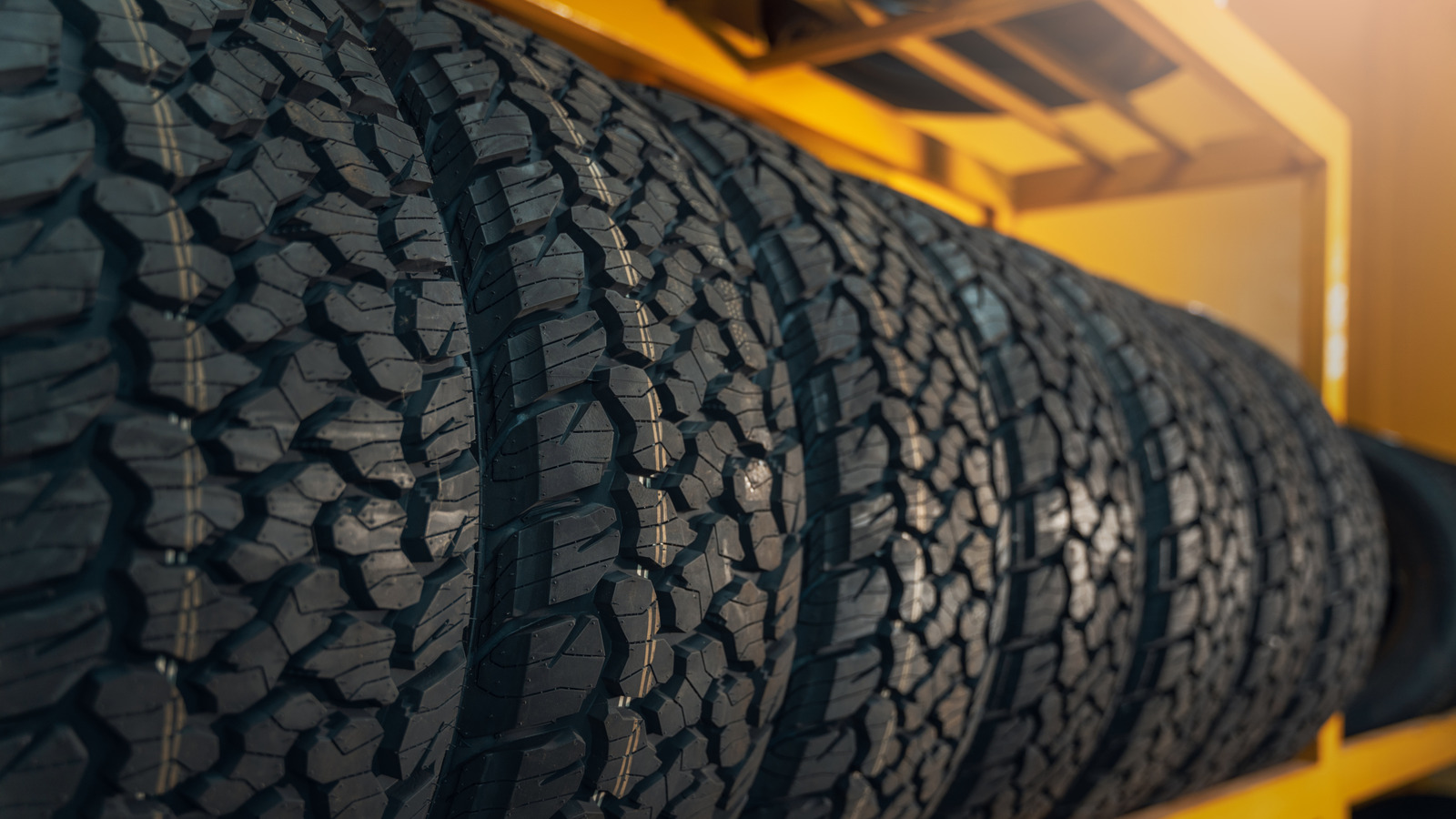
Subaru Revamps EyeSight to Reclaim Leadership in Driver Assistance Technology


